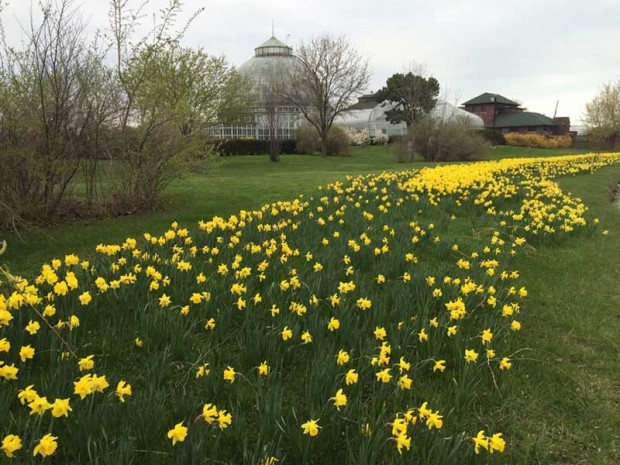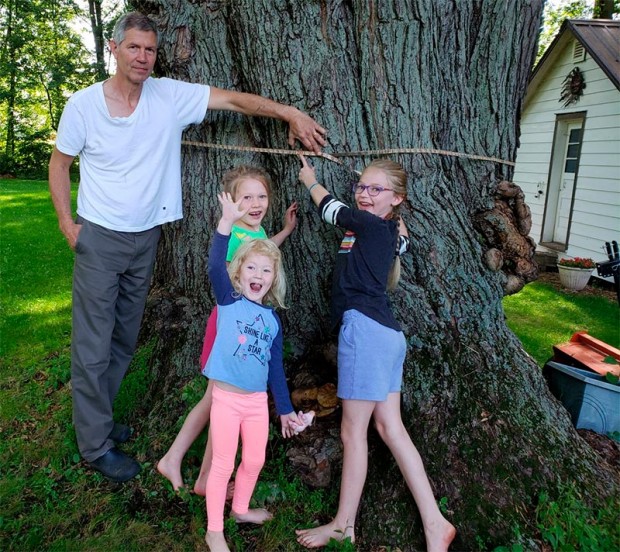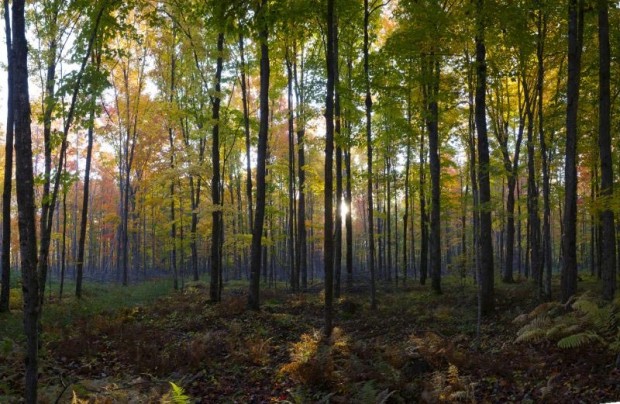 This spring, hundreds celebrated the 10th annual Daffodil Day on Belle Isle, while 700,000 daffodils were starting to bloom outside. This project, created by the Michigan Division of the Woman’s National Farm & Garden Association, began in 2009. Claudia Scioly, of Ann Arbor, was inspired by New York garden designer Lynden Miller and her Daffodil Project in New York City, where one million daffodils were planted as a living memorial to those who died in the September 11 attacks.
This spring, hundreds celebrated the 10th annual Daffodil Day on Belle Isle, while 700,000 daffodils were starting to bloom outside. This project, created by the Michigan Division of the Woman’s National Farm & Garden Association, began in 2009. Claudia Scioly, of Ann Arbor, was inspired by New York garden designer Lynden Miller and her Daffodil Project in New York City, where one million daffodils were planted as a living memorial to those who died in the September 11 attacks.
Scioly recognized the parallels between New York’s Daffodil Project and Detroit’s need for hope and beauty. Belle Isle had fallen on hard times and seemed the perfect place to start. In 2010, Scioly and Cecily O’Connor organized the first Daffodil Day Luncheon on Belle Isle. Lady Bird Johnson’s words, “Where flowers grow, so does hope,” became the group’s motto. A goal was set: plant one daffodil on Belle Isle for every Detroit resident. As the group neared that intermediate goal, they announced the ultimate vision and a new name: Daffodils4Detroit. The goal is now to plant four million daffodils—one for every resident in Metropolitan Detroit.
Daffodils4Detroit has become a true community effort, garnering strong support from groups, businesses and individuals alike. Proceeds from the Daffodil Day Luncheon and other donations fund the bulb purchases. Each fall, volunteer groups from garden clubs, schools, companies, and nonprofit organizations help plant thousands of bulbs in various locations. To learn more or make a donation, click here.


